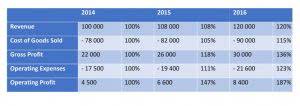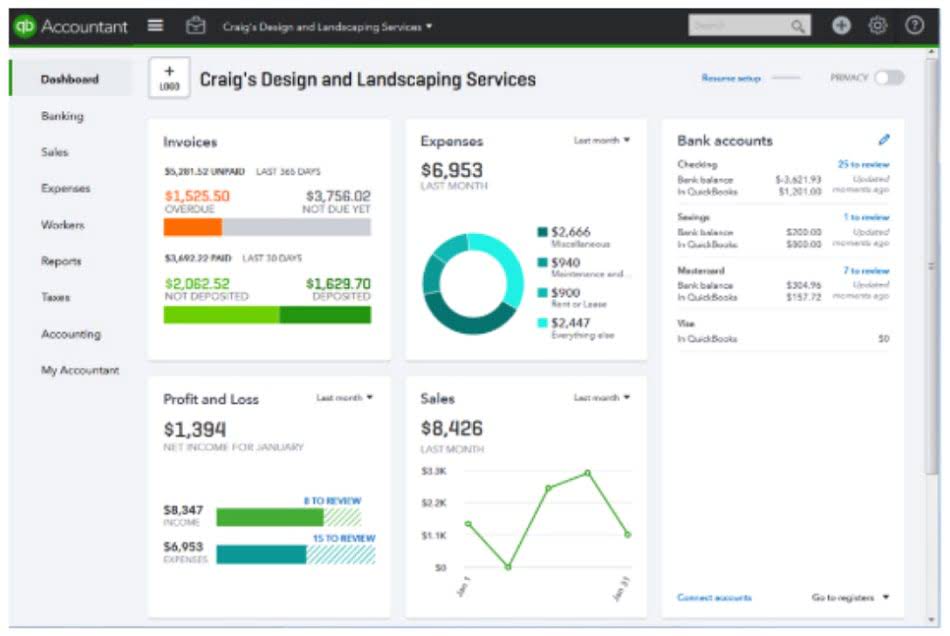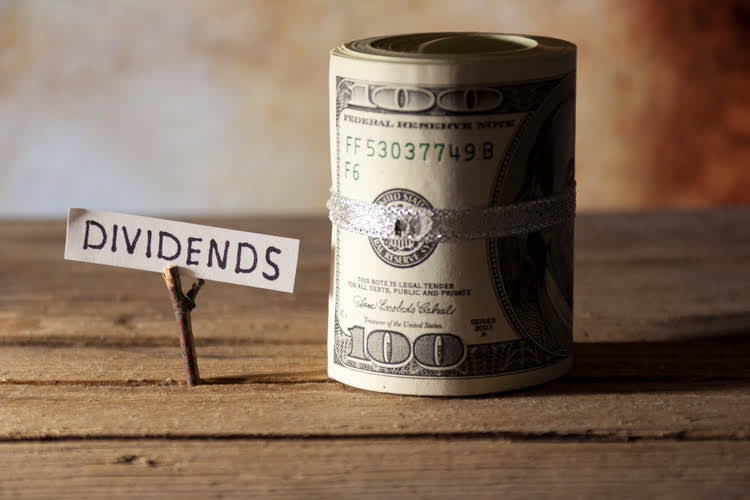
While partnerships and limited liability companies (known as LLCs) require certain owners and partners to pay self-employment taxes, an S-corp does not. Instead, employees of S-corps have employment taxes withheld from their paychecks. Once you determine reasonable compensation, any remaining profits can be distributed as an owner’s draw. It is important to note that owner’s draws are not guaranteed and may not be distributed yearly, as they depend on the business’s profitability. S Corp owners due face additional administrative headaches and costs.

How much money do you expect your business to make?
- Business owners must evaluate their long-term financial objectives, cash flow requirements, and personal financial circumstances when deciding between a salary and an owner’s draw.
- A draw against commission is a type of pay structure that guarantees minimum income.
- For example, if your venture is structured as an S-corporation, then the law mandates salary-based compensation for owner-employees.
- But it is not subject to payroll taxes (Medicare taxes and Social Security), which can result in significant tax savings.
- On the personal side, earning a set salary also shows a steady source of income (which will come in handy when applying for a mortgage or anything else credit-related).
- Instead, all net income (profits) from the business flows through to your personal tax return.
If you take a draw, you may be responsible for making quarterly estimated tax payments as well depending on what you’ll expect to owe in taxes for the year. A draw against commission offer letter is used to offer an employee payment on a commission basis, allowing them to take a draw against commission for each pay period. It’s sent to prospective employees by companies to enter an agreement regarding payment. To calculate draw against commission, simply take the amount of total commission you (or your rep) will receive in a given pay period.
- Without payroll restrictions, it’s easy to withdraw more than the business can afford.
- Michelle Payne has 15 years of experience as a Certified Public Accountant with a strong background in audit, tax, and consulting services.
- The employee needs to earn $2,000 in commissions per month to cover the draws.
- An owner’s draw is when the business owner takes money out of the business for personal use.
- Tax software and services can save you time and money by simplifying the tax prep and filing process.
- Many small business owners compensate themselves using a draw, rather than paying themselves a salary.
Business Owner Draw

The amount is based on your expected annual income and is due in April, June, September, and January. Self-employment tax covers the Social Security and Medicare taxes that employees and employers usually share. If you’re not on payroll (such as with an owner’s draw), you are responsible for the entire 15.3 percent self-employment tax. This includes 12.4 percent for Social Security and 2.9 percent for Medicare. When you pay yourself a salary, your business treats it as a standard payroll expense. The amount is deducted from the business’s gross income, reducing its taxable income.
Distributions
The IRS will tax this $40,000 (not the $30,000 you “drew”) as self-employment income so you’ll pay 15.3% tax for FICA. However, you will be able to take a deduction for half of the FICA tax you pay. An S Corp owner who works in the business has to receive what the IRS deems a reasonable salary. Basically, “reasonable” bookkeeping means an amount similar to what you’d earn working for someone else’s company doing the same job you do inside your own company.
- Whether you’re taxed as a sole proprietor versus an S Corp determines how you pay yourself when you’re self-employed.
- Business development officers, financial advisers and bond sales representatives are examples of sales positions that might receive a draw.
- To make the salary vs. draw decision, you need to understand the concept of owner’s equity.
- An owner’s draw involves withdrawing money from your business profits to pay yourself.
- The draw helps new employees by providing a base income to sustain them until their performance and earnings increase.

This change would not only simplify her personal financial planning, but also position her business favourably for future financing opportunities. Choosing the best way to compensate yourself as a Canadian business owner isn’t just about personal preference. It’s also about understanding draw vs salary the legal and tax implications that affect your business. When determining which is best, take a step back and examine your business. Every decision has pros and cons, especially when it comes to payment options as a business owner.

How Do I Pay Myself as the Owner of an LLC? Guide
For example, C Corps are subject to double taxation, which means they can be taxed https://www.bookstime.com/ at two different times. They’ll be taxed at the federal tax rate and then again on capital gains. Additionally, if your business has a down month, your paycheck becomes another expense when distributing your employees’ checks. However, as an employee, you’ll have to pay half of the Social Security and Medicare taxes, and your business will have to match those contributions. Keep in mind that state tax laws can significantly impact your payroll tax obligations and how you pay yourself.
